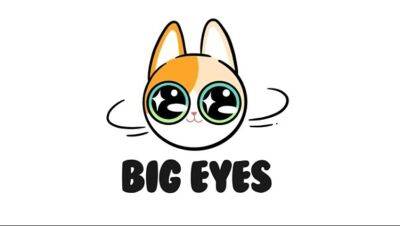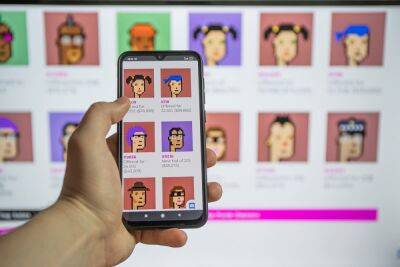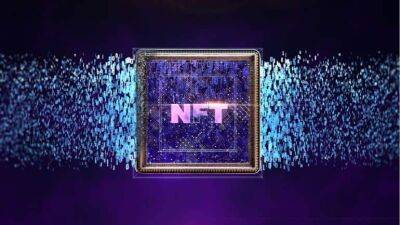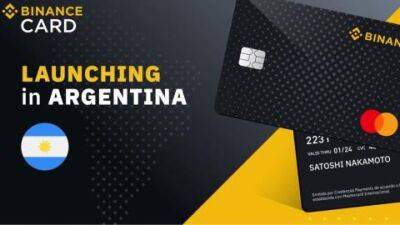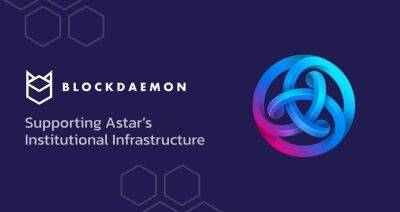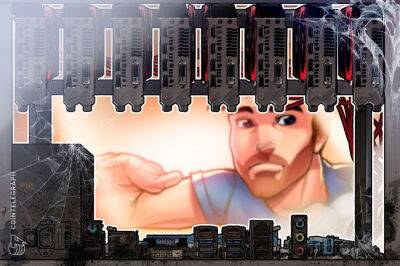What is Bloktopia (BLOK) and how does it work?
The Metaverse is a major buzzword in the worlds of crypto and technology, as well as in the art and gaming spaces. The term was coined in the early 1990s by American science fiction writer Neal Stephenson in his work Snow Crash. In this novel, he describes a virtual world in the imagined future where virtual reality (VR) goggle-wearing users inhabit three-dimensional (3D) avatars and buy and sell virtual real estate on a planet-encircling market.
In a nutshell, the Metaverse concept refers to a persistent simulated online digital universe that combines multiple elements of technology, such as VR, augmented reality (AR), mixed reality (MR) and blockchain, along with social media concepts.
Related: Augmented reality vs. virtual reality: Key differences
Basically, the decentralized Metaverse is a future iteration of the internet that creates environments that enrich users’ interaction by mimicking the real world. In metaverses, users can do work or shopping, play games, meet and socialize together and perform online most of the activities that they do in everyday life. Additionally, video games provide the closest metaverse experience to offer usually by creating virtual economies and hosting in-game events.
Bloktopia is a metaverse project that aims to be an educational and entertainment hub for all levels of crypto experience with information and immersive experience in one place. Built on top of the Polygon network and powered by the cross-platform game engine Unity, Bloktopia leverages the technology to create stunning visualizations and user experiences.
The Bloktopia metaverse platform is designed as a decentralized VR skyscraper made of 21 floors. The number 21 was chosen not by chance but in honor of Bitcoin’s total
Read more on cointelegraph.com






